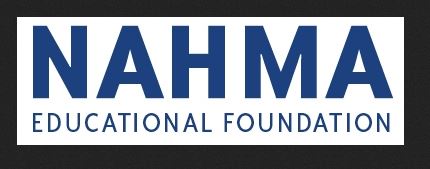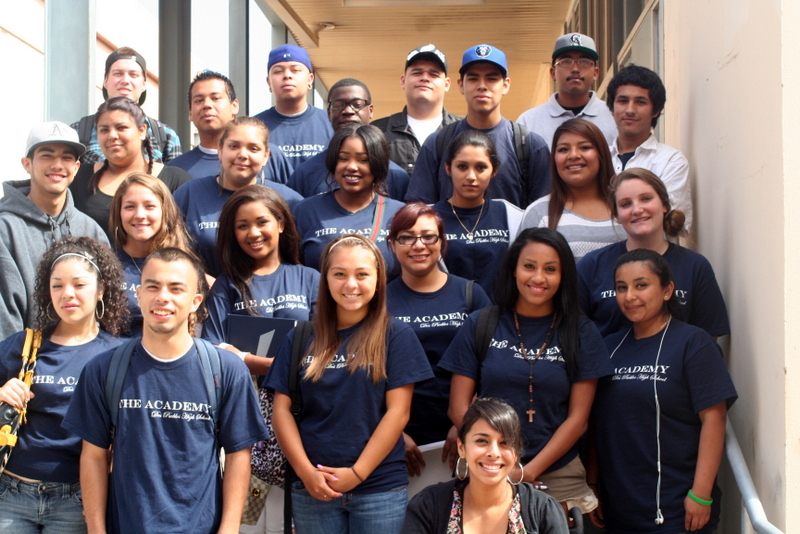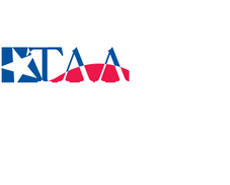School Money Rules
HS Financial Education Expands
The traditional core curriculum for K-12 education comprises “reading, writing and arithmetic,” with science, the arts and health also maintaining a presence. Another concentration is joining this essential group: personal finances, a subject that encompasses such concepts as maintaining bank accounts, paying bills on time, creating a household budget, saving for retirement and understanding borrowing […]







